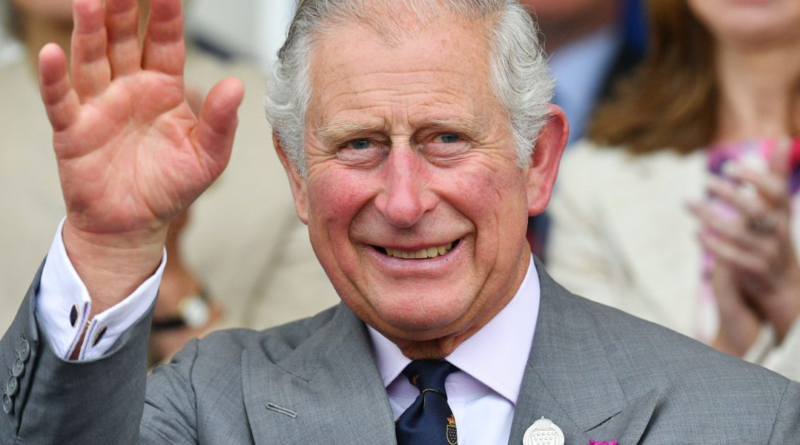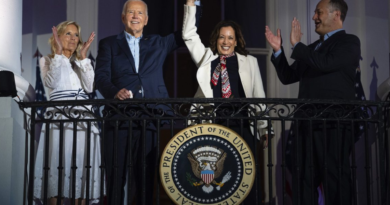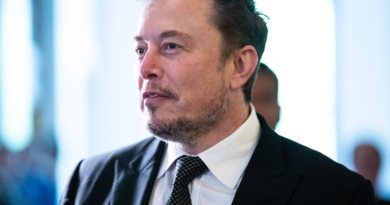King Charles stands to get a $58 million profit bump after the sovereign’s public estate more than doubled
Britain’s King Charles III’s salary is fit for a, well, king. He stands to become even wealthier thanks to a massive rise in profit from the Crown Estate, a national $15.2 billion portfolio of historical and commercial land holdings. The net revenue profit from the Crown Estate more than doubled this year to a record nearly $1.2 billion, a whopping $713 million increase from the year prior, according to an annual report from the Crown Estate published Tuesday.
As a result, King Charles will get a $58 million pay raise in the form of a “bumper profit.” That means the taxpayer-funded Sovereign Grant, which supports the official duties of the British royal family, will increase by more than 50% from $93.6 million in 2024-2025 to $143.2 million during the following year. The pay raise will be allocated toward renovations to Buckingham Palace and other palace servicing, royal aids told The Guardian.
“Although King Charles won’t directly pocket this money, it will go into a budget over which he has significant input, alongside key management and advisers,” Alex King, a chartered accountant and founder of U.K.-based finance and economics platform Generation Money, tells Fortune. “Essentially, the money will go towards paying for the monarch’s official state business, including hosting foreign leaders, attending official engagements, and travel abroad.”
The Crown Estate is just one part of the British royal family’s $28 billion empire that also includes vast real estate holdings across the United Kingdom, The Duchy of Cornwall, and The Duchy of Lancaster, the latter two of which generate private income for the monarch. The Crown Estate is owned by the British monarch, but is managed independently and its revenues are given to the government. However, the monarchy receives 12% of Crown Estate profits.
“There’s an argument to be made that the royal family are the most important and influential people in all of England, other than the prime minister,” Evan Nierman, founder and CEO of crisis PR firm Red Banyan, previously told Fortune. “These are not ordinary people. They control enormous assets of incalculable value.”
On top of the royal family’s properties, they also earn funding from the Sovereign Grant, which is used to fund the upkeep of their properties, pay staff, and cover the cost of other royal duties like speaking engagements and visits.
Although the Crown Estate had a blockbuster year, that’s not always the case—but the royal family is protected from negative profit through a “golden ratchet” clause. The U.K. government has guidance in place ensuring that while funding for the monarchy could increase in tandem with Crown Estate profits, it’s guaranteed to never fall. In other words, if Crown Estate profits drop, the Treasury must cover the shortfall to make sure the monarch gets paid at least the same as the previous year. The “golden ratchet” clause has kicked in twice, according to The Guardian.
However, the government is set to review how much the monarch is funded, including the Sovereign Grant, Generation Money’s King says.
“There is likely to be significant pressure from the public to reduce the amount of profits given to the monarch, particularly as households have grappled with a cost-of-living crisis in recent years,” King says.
How much is King Charles worth?
It might come as a surprise—at least to readers outside the U.K.—that King Charles actually isn’t the richest man in Britain. In fact, he only ranks No. 258 on the 2024 Sunday Times Rich List, which ranks the 1,000 wealthiest people or families who are U.K. residents. Still, he’s worth about $772 million, which completely dwarfs the average U.K. salary of about $46,000. King Charles’ net worth is also significantly higher than that of his late mother, Queen Elizabeth II, whose net worth was estimated at about $470 million in 2022.
King Charles’ most valuable assets are the Sandringham and Balmoral estates, both of which are used as residences by the royal family. Sandringham is a 20,000 acre estate in the eastern part of the country and is estimated to be worth $315 million, according to The Sunday Times. Balmoral, the Scottish home of the royal family, includes the Aberdeenshire castle and 50,000 acres of land. It’s worth an estimated $265 million, also according to The Times.
King Charles also earned a pretty penny in his divorce settlement from the late Princess Diana, receiving $22.5 million. He also saved money from profits made by the Duchy of Cornwall, which generates income by renting out its land properties and investing in other assets.
Why did the Crown Estate make so much money this year?
The Crown Estate is one of the largest property managers in the U.K., and during the past year its commercial property portfolio outperformed its benchmark by two percentage points “as occupancy rates and rental values across its portfolio showed signs of recovery,” according to the Crown Estate report.
The Crown Estate has also invested in clean energy projects, primarily offshore wind. The establishment identifies and leases development sites, awards rights for extensions to existing projects, enables testing and demonstrations for projects, and works with partners to make a case for growing the offshore wind sector in the U.K. The large increase in profits came from the energy companies bidding on seabeds that are owned by the Crown Estate that are used for offshore wind farms, Generation Money’s King says. Seabeds are crucial to the construction of offshore wind turbines so they can stay fixed in a static position. These proceeds are paid to the Crown Estate, which increases profit.
“Today’s record results are the product of years of commitment and investment into helping create the U.K.’s world-leading offshore wind sector, as well as the active management of our diverse and resilient portfolio,” Dan Labbad, CEO of The Crown Estate, said in a statement. “Our track record and remit are also enabling us to invest and lay the foundations for future value creation that will benefit the country and its finances.”
The Crown Estate also wants to expand its commitment to supporting the net-zero transition, and the government is considering bringing forward legislation “that will broaden our investment powers and [support] the U.K.’s decarbonized, energy-secure future to nature recovery, regeneration, and economic growth,” Labbad said.




